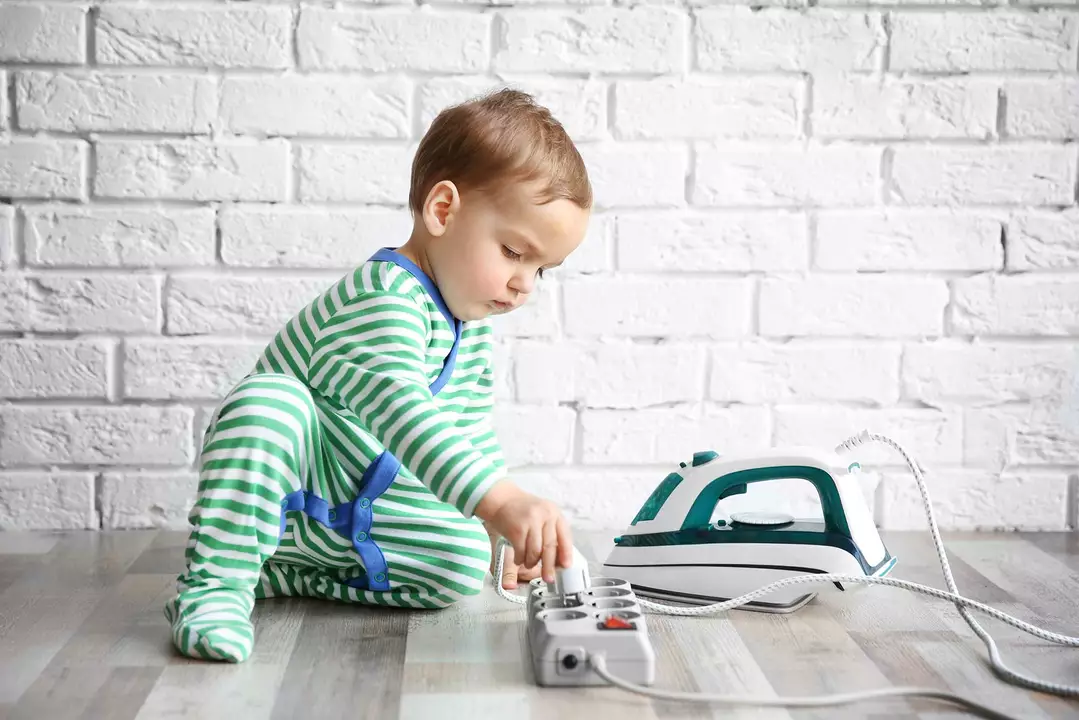Children's Health Guide – What Every Parent Needs to Know About Meds
If you have a kiddo at home, figuring out medicine stuff can feel like decoding a secret code. The good news is you don’t need a pharmacy degree to keep your child safe and healthy. Below we break down the basics: when to give meds, how to read labels, and what common pitfalls to avoid.
Choosing the Right Medicine for Kids
First off, never assume an adult dose works for a child. Dosage usually depends on weight or age, so grab a scale or check the kid’s growth chart before you measure out anything. Most over‑the‑counter products list pediatric dosing right on the bottle – if it’s missing, call your pharmacist.
When a doctor prescribes something, ask why they chose that drug over others. Many medicines have child‑friendly alternatives that cause fewer side effects. For example, liquid ibuprofen is often easier on little stomachs than tablets, and some cough syrups use honey instead of harsh chemicals.
Safety First: How to Store and Administer
Keep every medication out of reach, even the ones you think are “harmless.” Kids love bright bottles, so store them in a locked cabinet or high shelf. Use child‑proof caps whenever possible – they’re cheap and can stop a curious hand.
When giving medicine, use the exact measuring device that comes with it. Kitchen spoons vary widely and can lead to over‑dosing. If you need to split a tablet, ask a pharmacist for a pill cutter; crushing pills can change how fast they work.
Watch for allergic reactions or unusual behavior after a dose. Red skin, swelling, or a sudden rash means stop the med and call a doctor right away. For milder side effects like drowsiness, see if adjusting the time of day helps – many kids tolerate meds better at night.
Kids often forget to take meds on schedule, especially when they’re feeling better. Set alarms or use a pill chart to keep things on track. Involve your child in the routine: let them press a button on a timer or check off a sticker after each dose.
If you travel with medication, pack a small bag with everything you need for a week. Keep it in its original packaging so you have all the info handy if you need help abroad. Remember to bring copies of prescriptions – some countries require them for controlled substances.
Finally, don’t forget that good health isn’t just about pills. Proper nutrition, regular sleep, and staying active are huge pieces of the puzzle. When your child’s lifestyle is solid, many medicines work better and you may need fewer doses overall.
Keeping kids safe with medication is all about simple steps: correct dose, secure storage, clear labeling, and watching for reactions. Follow these basics, ask questions when unsure, and you’ll feel confident handling any med that comes your way.

Desloratadine for children: Is it safe and effective?
As a concerned parent, I've been researching the safety and effectiveness of Desloratadine for children. From what I've found, Desloratadine is a second-generation antihistamine commonly used to treat allergy symptoms. Many studies show that it is generally safe and well-tolerated in children, with few side effects. However, it's still important to consult your child's doctor before starting any new medication. Overall, Desloratadine seems to be a reliable option for treating allergies in children, but always consult a healthcare professional first.
April 29 2023